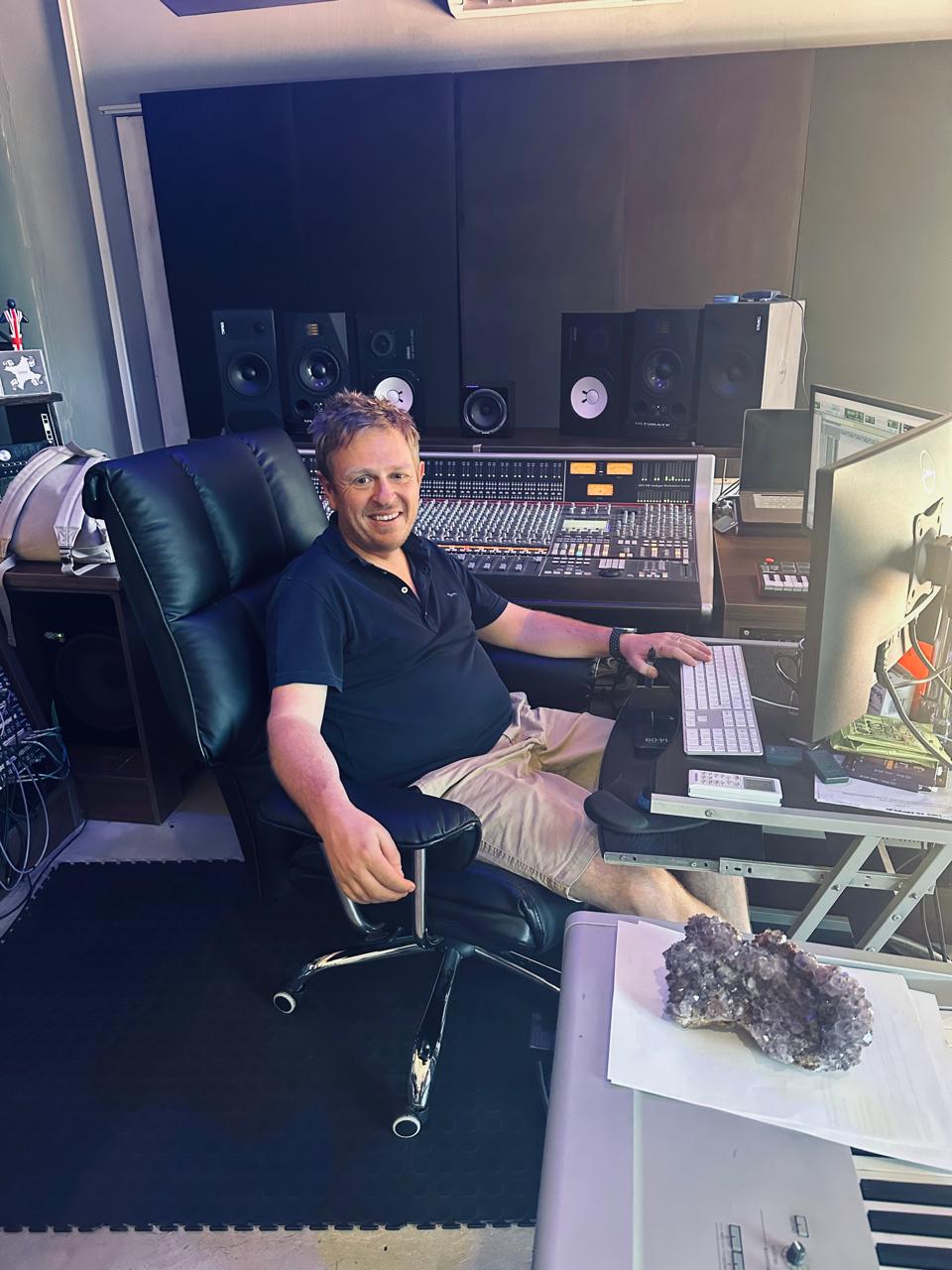The Crucial Role of Phase in Recording Drums: Unveiling the Rhythmic Foundation
- Andrew Rawbone-Viljoen

- Jun 18, 2023
- 3 min read
Updated: Jul 4, 2023

Introduction:
When it comes to recording drums, capturing the essence of a tight and punchy rhythm section is of paramount importance. Among the myriad factors that contribute to achieving an impactful drum sound, one often overlooked element is phase. Proper phase alignment during drum recording can make a world of difference in the final mix, allowing the drums to sit well, maintain clarity, and provide the rhythmic foundation that drives the entire song. In this blog post, we will delve into the significance of phase and explore techniques for optimizing drum recordings.
Understanding Phase:
In the context of audio recording, phase refers to the timing relationship between multiple sound sources. When two or more microphones are used to capture a single source, such as a drum kit, phase issues can arise. These issues occur due to differences in the physical distance between microphones and the sound source, resulting in variations in the arrival time of the sound waves at each microphone. If left unaddressed, phase problems can lead to comb filtering, frequency cancellation, and an overall weakened drum sound.
The Impact of Phase on Drum Recordings:
Clarity and Definition: Maintaining proper phase alignment ensures that the individual drum sounds are clear and distinct. When the sound waves from different microphones arrive in phase, they reinforce each other, resulting in a fuller and more defined sound. This clarity allows each drum to be heard distinctly in the mix, enhancing the overall impact of the rhythm section.
Drum Balance and Imaging: Phase coherence aids in creating a well-balanced drum mix. By aligning the phase relationships, you can achieve a consistent tonal balance across the drum kit. Furthermore, proper phase coherence helps to establish an accurate stereo image, placing the different elements of the drum kit in their appropriate positions within the stereo field.
Low-End Power and Punch: The kick drum is the heartbeat of any drum kit, providing the low-end foundation. Phase issues can lead to a loss of low-frequency content or a lack of impact. Ensuring proper phase alignment between the kick drum and other microphones, such as overheads or room mics, enables a solid and powerful low-end presence, elevating the overall impact of the rhythm section.
Techniques for Optimizing Phase in Drum Recordings:
Microphone Placement: Thoughtful microphone positioning is crucial for minimizing phase issues. Experiment with different mic placements, considering the distances and angles between microphones and the drum kit. Adjusting the distance and angle of microphones can help achieve a better phase relationship and capture the desired sound.
Phase Alignment Tools: Utilize phase alignment tools during the mixing process to address any residual phase issues. Plugins such as phase rotators or polarity inverters can help align the waveforms, compensating for time discrepancies and improving the overall phase coherence.
Summing Techniques: Employing different summing techniques can enhance the overall phase coherence of the drum mix. Techniques like the "3:1 Rule" suggest that the distance between microphones should be at least three times the distance from each microphone to the sound source, minimizing phase problems.
Conclusion:
Phase coherence is a critical aspect of capturing high-quality drum recordings. Its impact on the clarity, definition, balance, and low-end power of drum sounds cannot be overstated. By understanding the significance of phase and implementing appropriate techniques during both recording and mixing stages, you can ensure a solid and impactful drum foundation that forms the backbone of your music production. So, let's embrace the power of phase and unlock the full potential of our drum recordings.




Comments